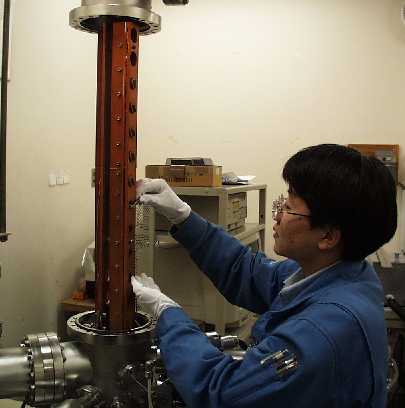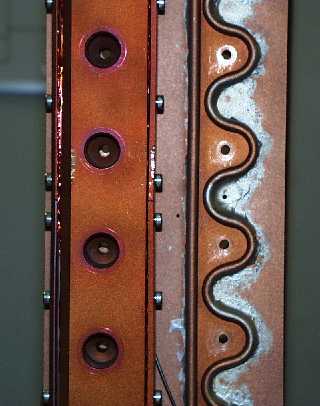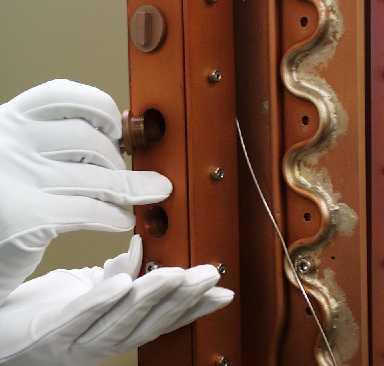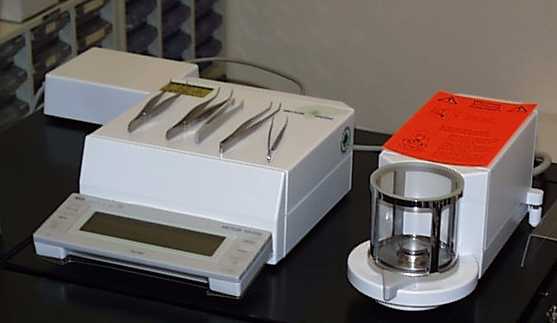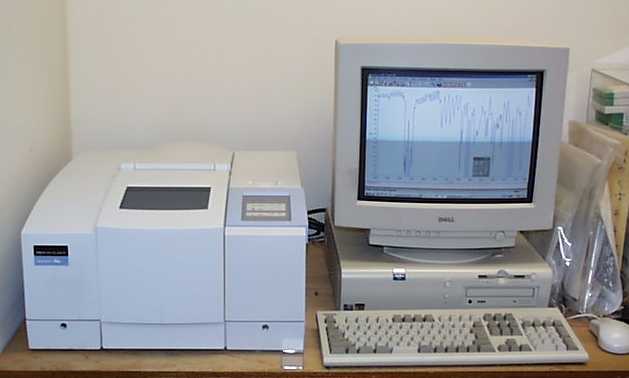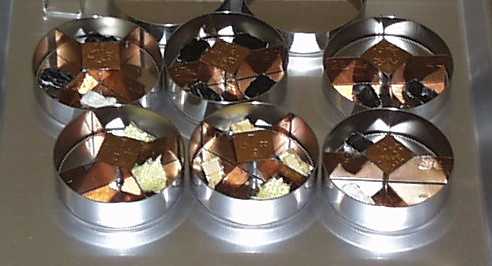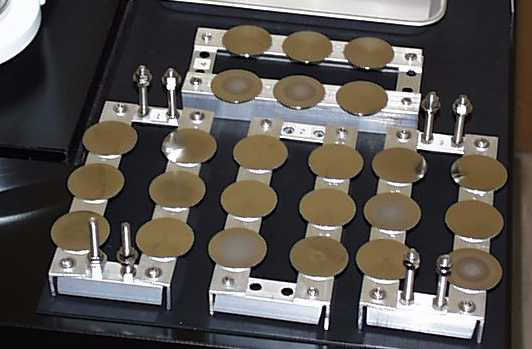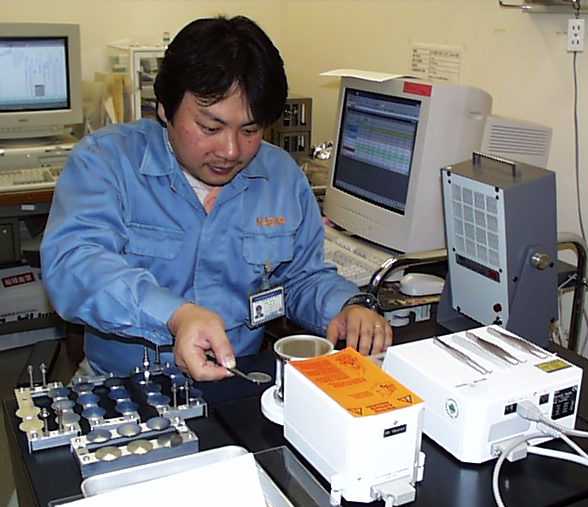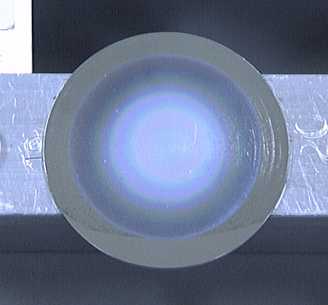1. Vacuum Evacuation System
1.1 Vacuum Level
8 × 10 -4 Pa or less
1.2 Vacuum Pump
(1) Oil rotary pump
Throughput 330L/min
(2) Turbo-molecular pump
Throughput 500L/sec
1.3 Vacuum Gauge
(1) Pirani gage
(2) Ionization vacuum gage
1.4 Vacuum Chamber
140mm diameter × 700mm height
1.5 Operation
Automatic operation by computer
2. Sample Measuring System
2.1 Sample Measuring Chambers
For normal measurement (diam. 26mm): 15 chambers
For standard samples (diam. 26mm): 3 chambers
For large samples (diam. 40mm): 3 chambers
For film thickness measurement (diam. 26mm): 1 chamber
For IR measurement (diam. 26mm): 2 chambers
2.2 Concurrent Tests
Five tests can be undertaken simultaneously
2.3 Heating Rod
Normally heated to 125°C.
2.4 Cooling for Condensation
Normally 25°C.
2.5 Film Thickness Gage (Quartz crystal oscillation)
Indication range: 0 to 9999nm
2.6 Quadrupole Mass Spectrometer
Model: MSQ-400
Mass range: 1 - 400

